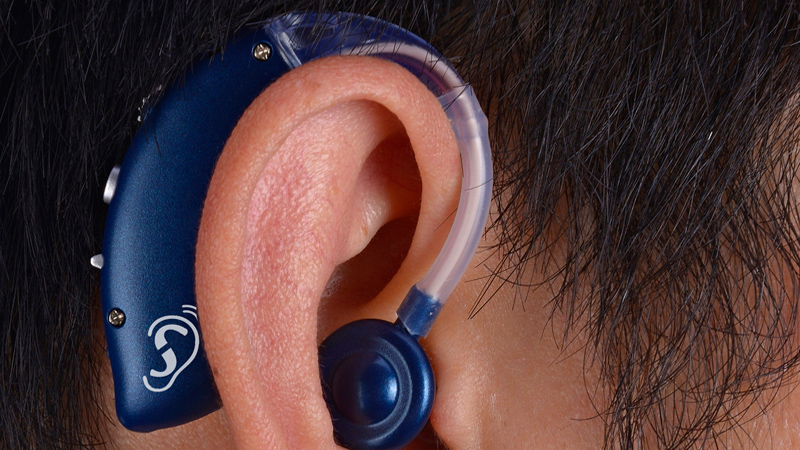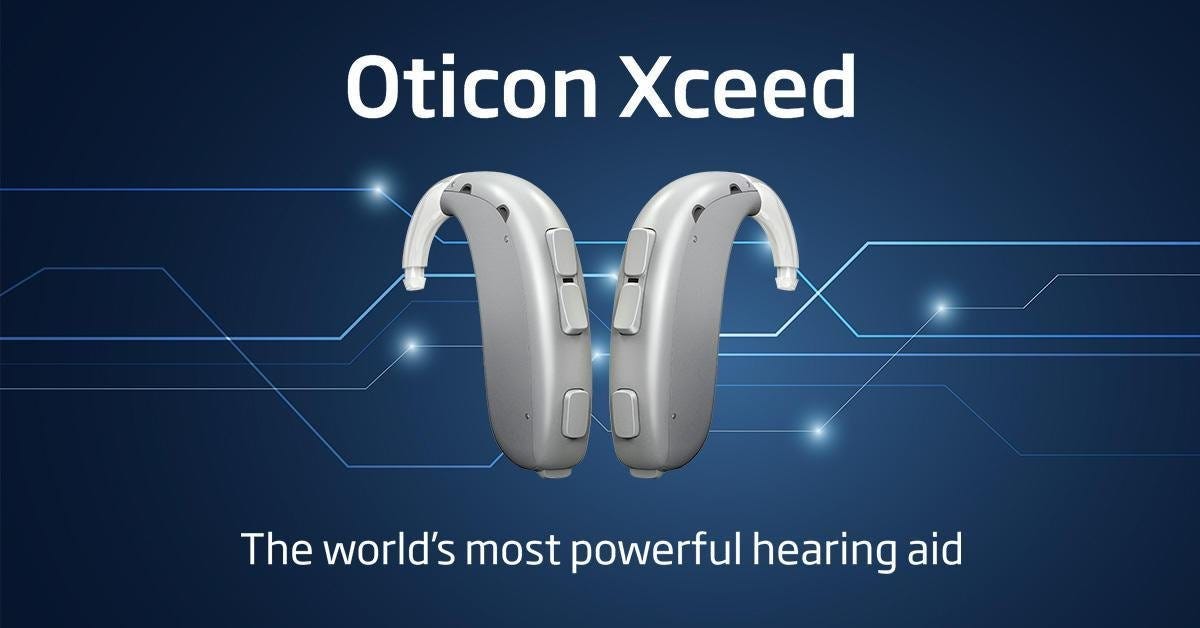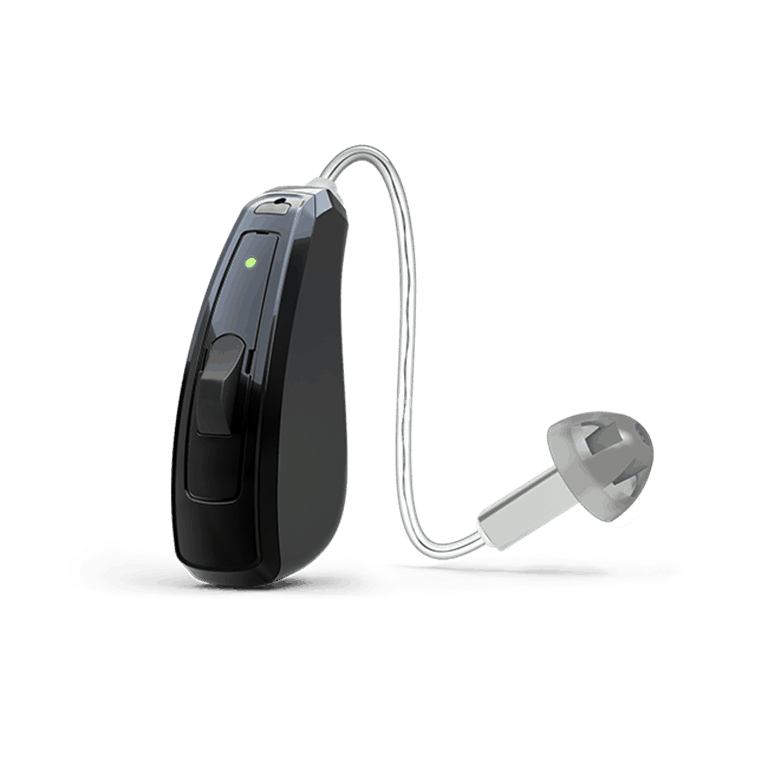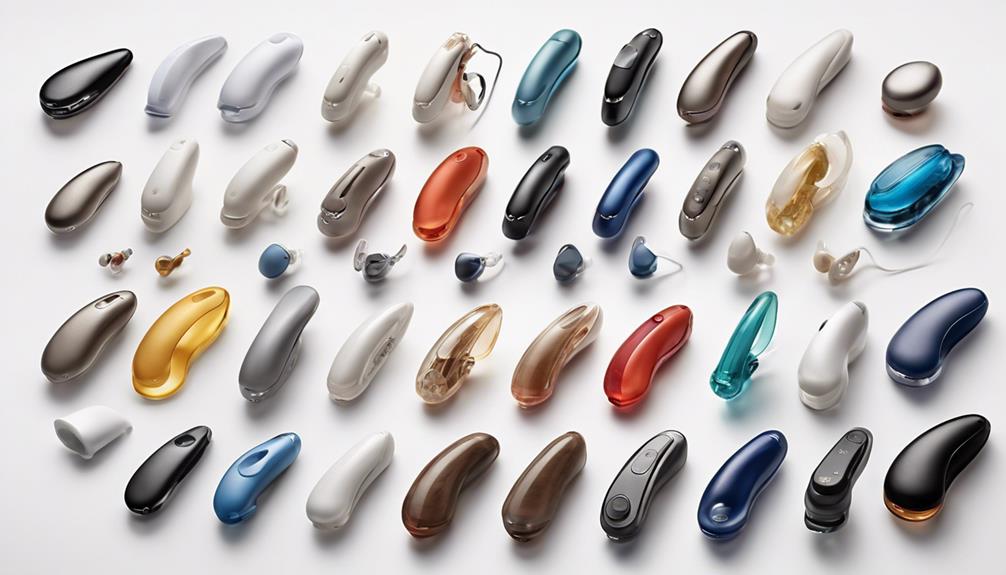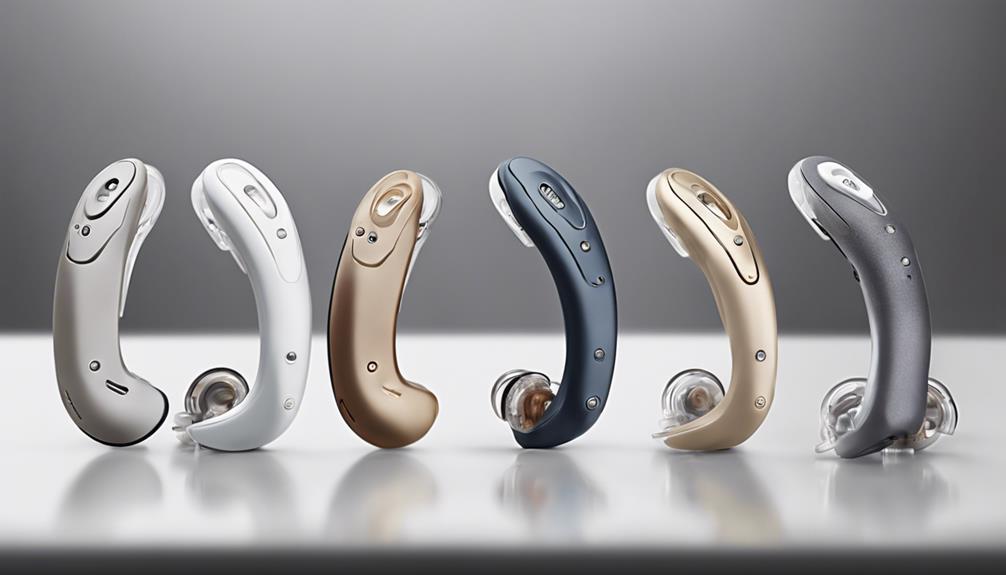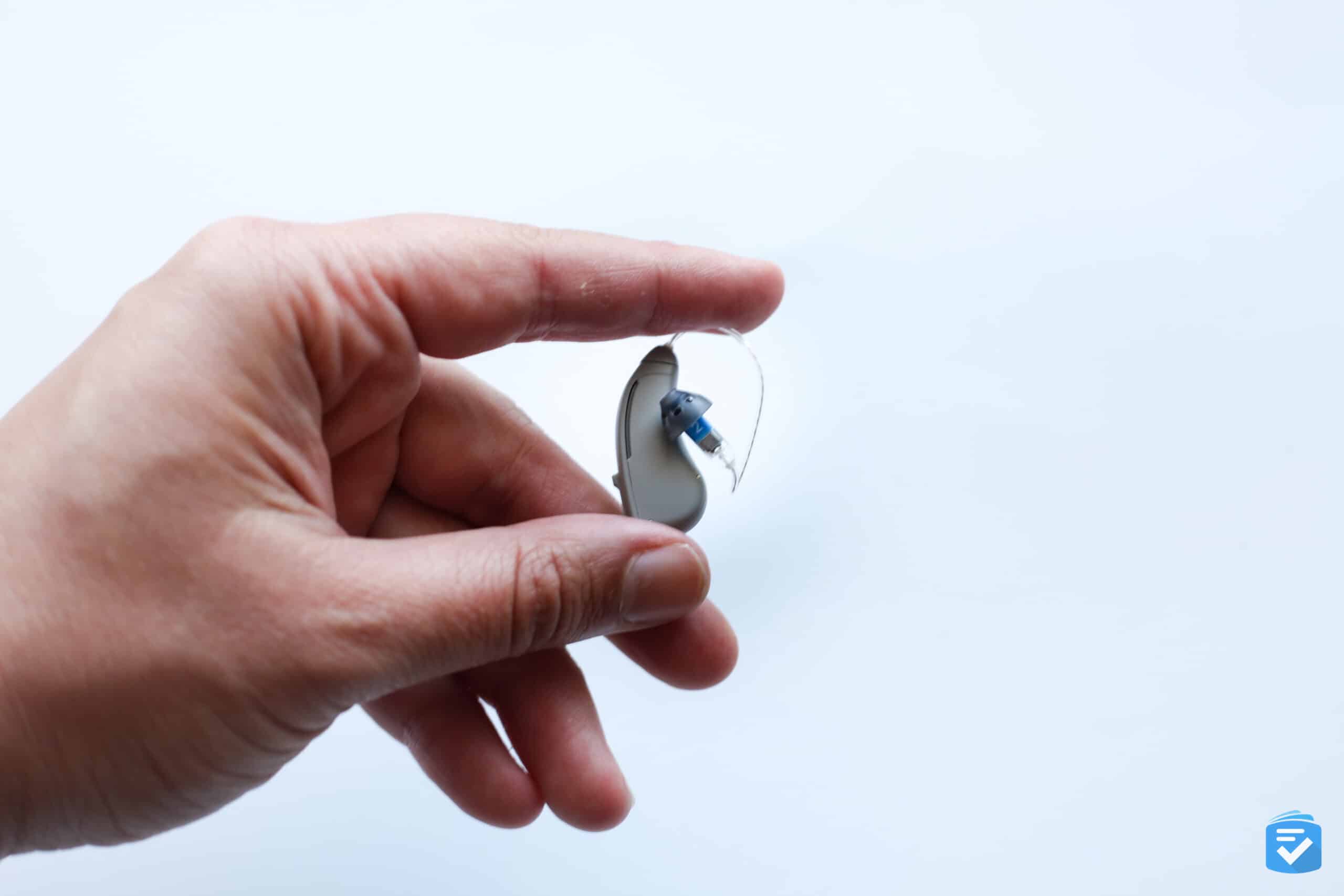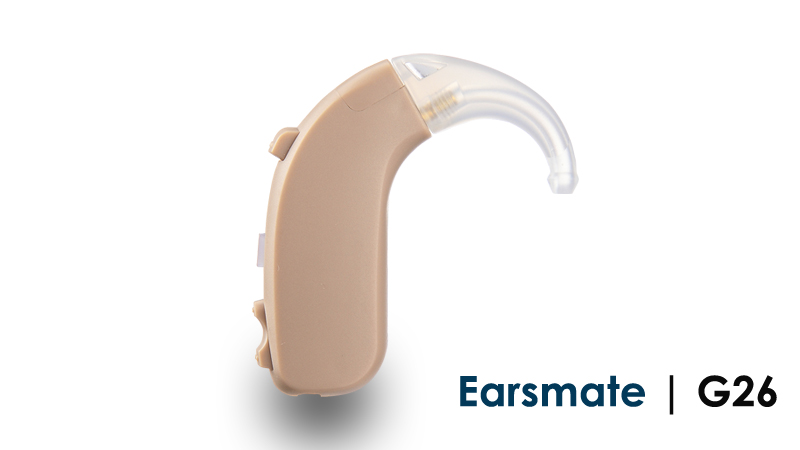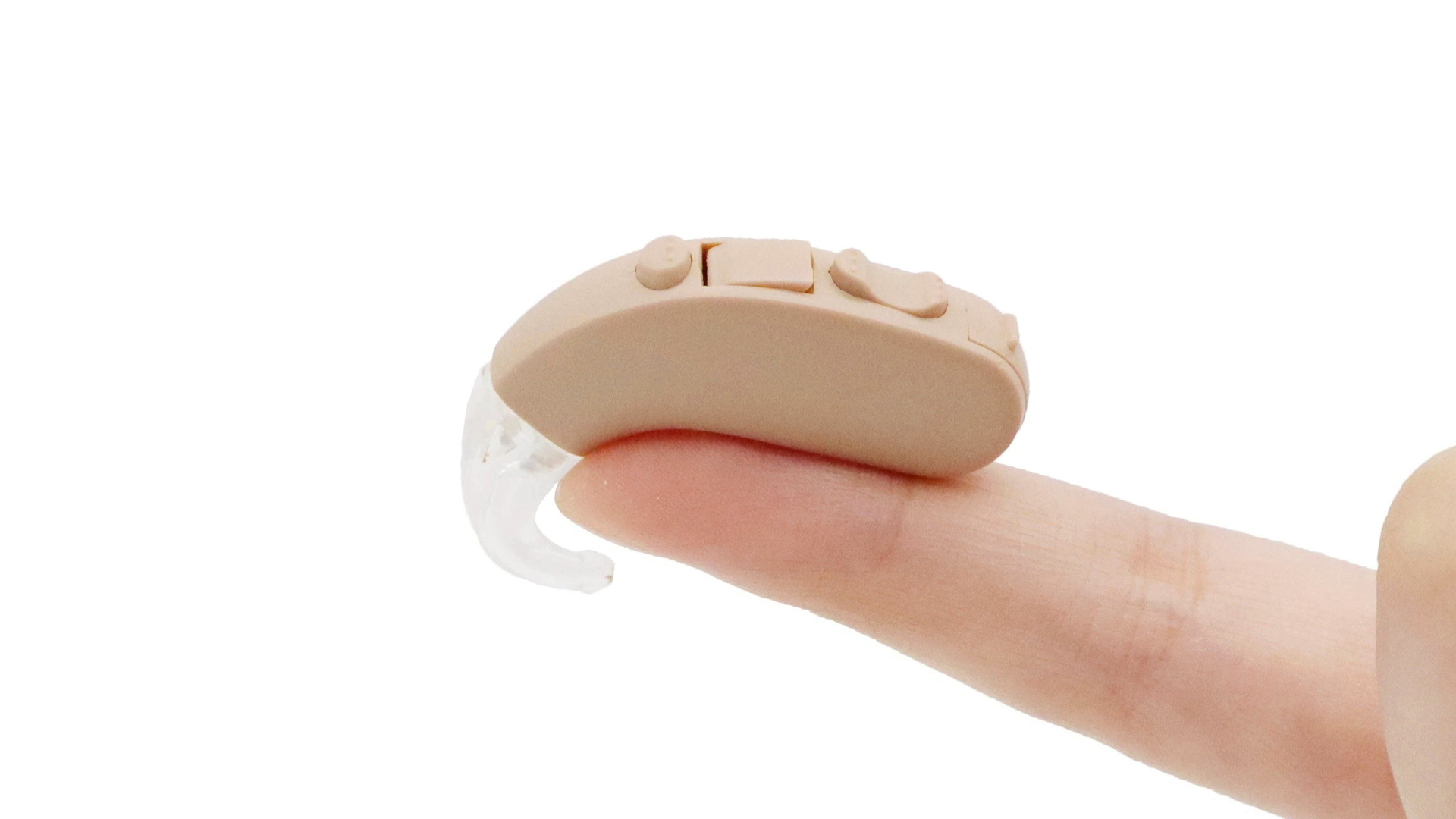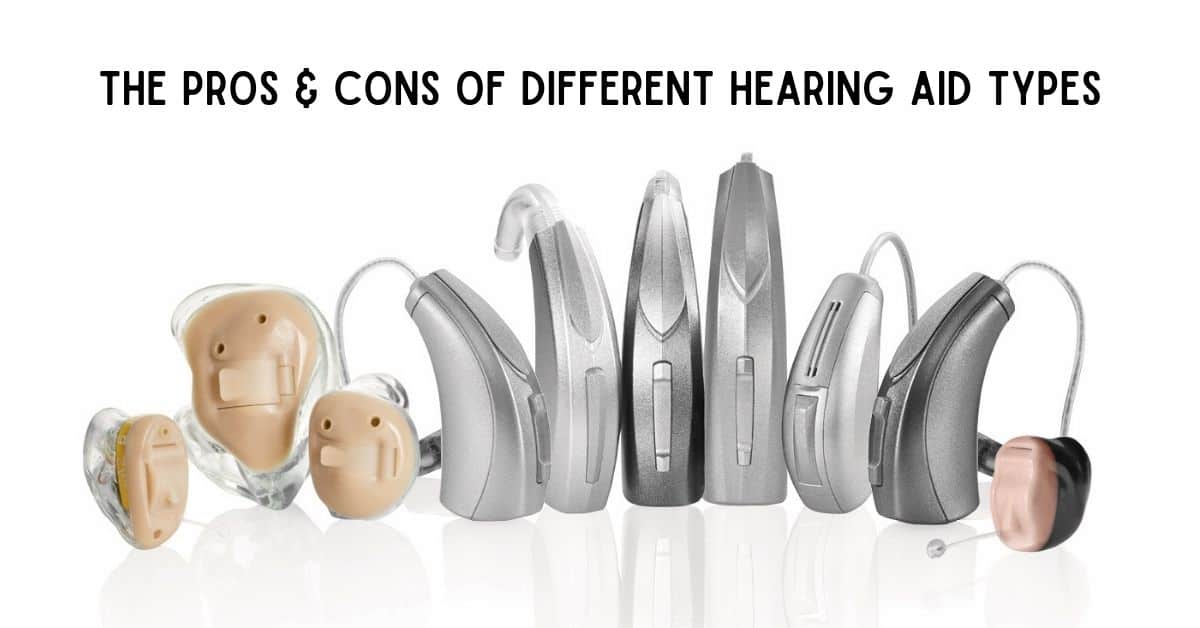Which Hearing Aid Is Best For Severe Loss

For individuals experiencing severe hearing loss, the quest for the "best" hearing aid is a deeply personal journey shaped by individual needs and lifestyle. While there's no one-size-fits-all solution, understanding the technology and features available is crucial for making an informed decision.
This article explores the landscape of hearing aids designed for severe hearing loss, delving into the factors that contribute to optimal amplification, sound quality, and user satisfaction.
Understanding Severe Hearing Loss and Amplification Needs
Severe hearing loss is generally defined as the inability to hear sounds below 71-90 decibels (dB), impacting the ability to understand even loud speech. Individuals with this level of loss require powerful hearing aids capable of significant amplification without distortion.
Hearing aids for severe loss are specifically engineered to provide higher gain (amplification) and output (maximum power) than standard models. This requires robust hardware and sophisticated signal processing to manage feedback and maintain clarity.
Key Hearing Aid Types for Severe Hearing Loss
Behind-the-Ear (BTE) hearing aids, particularly power BTEs, are often the preferred choice for severe to profound hearing loss. Their larger size accommodates more powerful amplifiers and batteries, necessary for significant amplification.
Custom-molded In-the-Ear (ITE) hearing aids can also be suitable, although they generally offer slightly less power compared to BTE models. The custom fit, however, can be advantageous for some individuals, ensuring secure placement and comfort.
Receiver-in-the-Canal (RIC) or Receiver-in-the-Ear (RITE) hearing aids can be options as well, but their suitability depends on the specific severity of the hearing loss and the receiver power available. Consulting with an audiologist is crucial to determine if a RIC/RITE device can provide adequate amplification.
Essential Features to Consider
Beyond power, several features contribute to the effectiveness of hearing aids for severe hearing loss. These include advanced noise reduction, feedback cancellation, and directional microphones.
Noise reduction algorithms help to minimize background noise, making speech understanding easier in challenging listening environments. Feedback cancellation prevents whistling or squealing, a common problem with high-gain hearing aids.
Directional microphones focus on sounds coming from in front of the wearer, reducing distractions from the sides and behind. Telecoils, which allow users to connect directly to loop systems in public places, can also be beneficial.
The Importance of Professional Consultation
Choosing the right hearing aid for severe hearing loss necessitates a thorough evaluation by a qualified audiologist. The audiologist will conduct a comprehensive hearing test to determine the degree and type of hearing loss.
They will then discuss lifestyle, communication needs, and preferences to recommend appropriate hearing aid styles and features. The audiologist will also program the hearing aids to the individual's specific hearing loss, ensuring optimal amplification and sound quality.
The Human Element: A Story of Improved Communication
For Maria Rodriguez, a 65-year-old retired teacher with severe hearing loss, finding the right hearing aids was life-changing. "I had withdrawn from social activities because it was too frustrating trying to follow conversations," she explains.
After working with an audiologist, Maria received a pair of power BTE hearing aids with advanced noise reduction and directional microphones. "Now, I can participate in conversations again, and I'm enjoying spending time with my family and friends. It's made a huge difference in my quality of life."
Navigating the Options and Setting Realistic Expectations
While hearing aids can significantly improve hearing and communication for individuals with severe hearing loss, it's important to have realistic expectations. Hearing aids cannot restore hearing to normal, but they can provide substantial amplification and improve sound quality.
Adjustment periods are common, and it may take time to get used to the sound of amplified speech and environmental sounds. Working closely with an audiologist for follow-up adjustments and counseling is essential for successful hearing aid use.
Ultimately, the "best" hearing aid for severe hearing loss is the one that provides the most effective amplification, clearest sound quality, and greatest user satisfaction. This requires a personalized approach, careful consideration of features, and ongoing support from a qualified audiologist.

.jpg)
